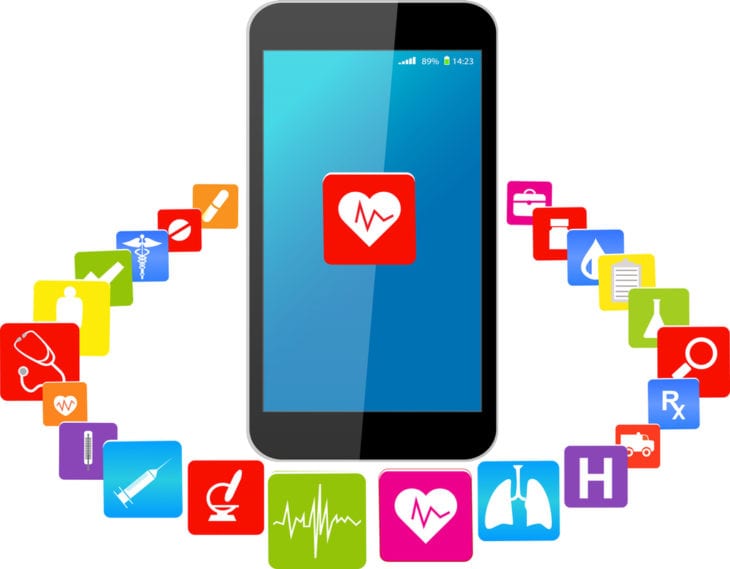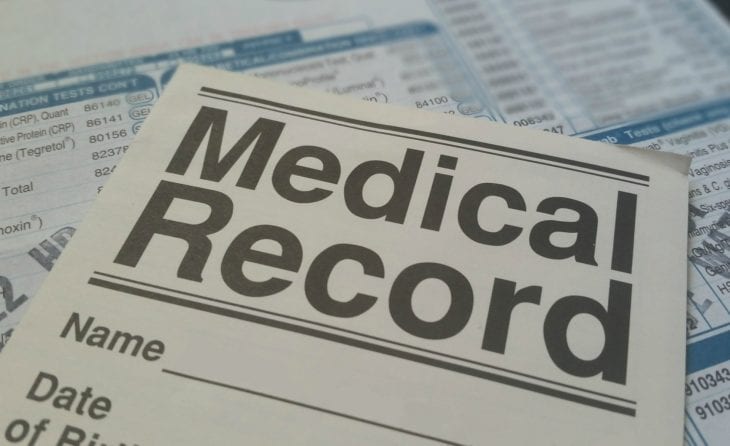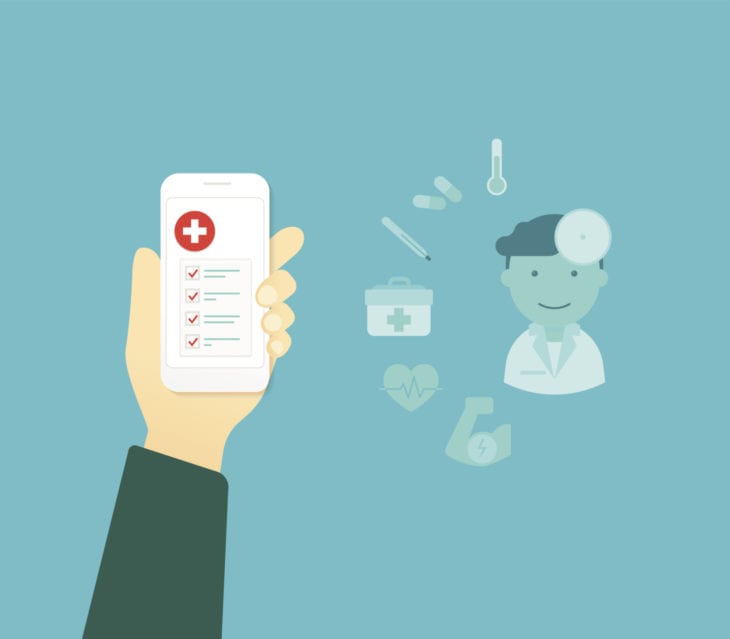When healthcare mobile apps made their grand debut a few years ago, there were mixed feelings. On the one hand, being able to search for doctors, make doctor appointments, view medical records, see lab results, and so on is a huge convenience. On the other hand, having sensitive information (like medical records) available in a mobile format could be considered an unnecessary security risk. However, with security software evolving at a fast rate, most patients are beginning to take advantage of healthcare mobile apps. So, with the growing market of these apps, let’s look at how healthcare mobile app trends are changing in 2019.
Contents
Trend 1: Mobile Medical Services
If you have ever lived in a rural area, worked long hours, or have found yourself without transportation, then you probably know how difficult it is to see a doctor. Mobile medical services, including chatting with a doctor at 1 am through a healthcare app, are changing the ways we interact with medical professionals. In the next year, you will see an increase in healthcare apps that feature virtual, 24-hour doctor visits. Hooray for no more late-night visits to the Emergency Room for a simple cold or touch of the flu!

Img source: imedicalapps.com
Additional mobile medical services that are going to create waves of applause in the app market are the ability to see wait time at local Emergency Rooms/Urgent Cares and reserve your spot in line at said ERs/Urgent Cares. It is so frustrating to go to the ER at 2 am with unbearable stomach pain only to be left waiting in the ER waiting room for 4 hours due to overcrowding. Now, you can check your mobile healthcare app, see what the wait times are like at ERs nearest to your location, reserve your spot in line, then go to the hospital when your wait time is less than 30 minutes.
Trend 2: Medical Records and Test Results
Although healthcare apps have offered access to medical records and test results for a while now, this trend will be expanded upon in 2019 by adding doctor notes, documentation for work or school, etc. Many healthcare apps are adding patient access to their doctor’s personal assessment of the patient’s overall health, recommendations for future healthcare procedures, and so on. Additionally, healthcare apps are adding a documentation feature that will provide patients with excuse notes for work or school that the patients may have forgotten while at their last doctor visits.

Img source: blog.pokitdok.com
Another improvement to the medical records and test results availability trend is test results from various doctors and departments within the same healthcare system and app. For example, imagine you go to your family physician for pain in your wrist. The physician draws blood for standard bloodwork and then schedules an x-ray at the local hospital since he doesn’t have x-ray equipment in his office. If both the hospital and the family physician are incorporated within the same healthcare system (and app), then you will be able to view both your bloodwork results from the physician and the x-ray image from the x-ray department in one app. Talk about convenient!
Trend 3: Payments
With any app that offers services or products for money, you need a way to collect payment. So, it shouldn’t be a surprise that healthcare apps are beginning to explore mobile payment options. Most of the time when you go to a healthcare facility, you pay a co-pay upon check-in and receive a bill for the remaining balance after your medical insurance has been filed. With mobile payment availability, patients are able to pay their medical bills in increments or all at once. Not only is it convenient for patients, but the providers are receiving payments quicker. With the mobile payment feature, providers are more likely to collect payments from patients without resorting to sending accounts to a collection agency. In the end, both patients and providers benefit greatly from a mobile payment feature in their healthcare mobile apps.
Trend 4: Medical Information

Img source: hitconsultant.net
This last trend deals with the sharing of general medical information. Apps that provide medical articles, advice, etc. are gaining popularity as people are trying to become more medically independent and make their own decisions about their healthcare. Now, although being medically independent is usually by choice, sometimes it is by circumstance. So, healthcare apps that provide first aid tips and procedures should be available for all users. You never know when you might need to know how to treat an unexpected wound and save a person’s life. Did you know first aid apps don’t have to be for humans alone? Pet owners and wildlife technicians are bound to need mobile first aid references for animals they care for domestically or in the wild. Thus, a first aid healthcare app for animals is born!
Are you thinking about launching a healthcare app? check out this blog post from Gomeeki on tips and trick before you begin the app development.
In addition to first aid, some healthcare apps are offering advice and information on common procedures, diseases, and treatments. Suppose you recently received a diagnosis of Crohn’s Disease. You may or may not have ever heard of Chron’s Disease, but you want to find out all you can about it. So, you pull up your healthcare information app and search for Crohn’s Disease. You now have thousands of articles, opinions, papers, etc. at your fingertips. Medical information is out there, just waiting to be read. Why not provide a one-stop app for users to sift through and narrow down all that information?
To sum it all up, healthcare apps are changing and evolving quickly. In 2019, we should expect all these trends to change and be improved in one way or another.
